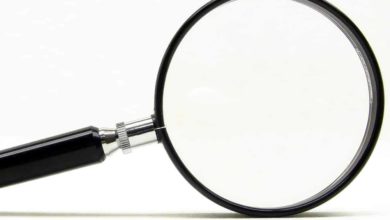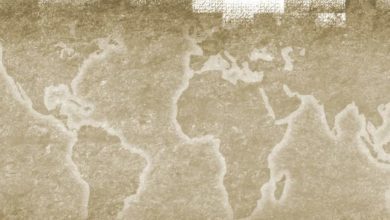The premed track is notoriously onerous, requiring math, physics, general and organic chemistry, biology, and biochemistry, not to mention the additional required humanities courses. Won’t you be learning everything that you actually need in medical school? Do doctors actually use calculus or physics?
I have long discussed these issues with my dad – lamenting that I was wasting valuable time taking lame classes like physics-for-premeds (without calculus) that I could have spent on more esoteric subjects with the world-class professors at Stanford. He agreed that a majority of the premed requirements were unnecessary and the MCAT was outdated – in other words the basic science requirements verged on absurd. We agreed back and forth, each supporting the other’s point until we were thoroughly satisfied that I was wasting my time on stuff that I would not need for medical school anyway.
Well – I had never gone to medical school, and my father was many years away from it, having graduated in 1968. Now, comfortably into my second block, (cardiovascular, renal, and pulmonary), let me take a moment to provide a different take for those of you feeling that you are wasting your time. Basic science courses provided extremely valuable preparation for medical school, not as much for the knowledge contained therein, but rather more for the mental discipline required. Some would argue that studying anything would give you similar skills. Having been premed and double-majored in a social science and a language (Economics and Russian), I can say with a fair amount of confidence that the basic science curriculum required a different type of thinking than other subject. There is a certain painstaking stepwise methodology required in science learning that sets us up very well for understanding and problem-solving within the human body.
For example (taken from this block’s theme) – a heart may be left-sided or right-sided, depending on the side from which side the posterior descending artery branches. Most of us are right-hearted, but 15 percent are lefties. Sidedness matters if there is a coronary occlusion – if it happens upstream on the side with the posterior descending artery, then there is greater potential for damage to the heart. The heart has close to twenty major vessels on or coming off of it. For anatomy we must not only memorize these vessels, but also be able to discuss clinical correlates: “Why did one twin die from a coronary occlusion that was the same size and location as the other’s?” This is a very simplistic example, but the process of memorization, identification of form and function, and application of knowledge is more or less consistent in all tasks I have encountered so far in medical school.
You are developing this discipline every time you open those MCAT books, or study for your physics tests. When you push electrons to understand a chemical reaction or build model molecules to visualize stereoisomers, you are training yourself to think and apply knowledge in the way that is required to be a doctor.
For me, taking Russian and Economics was valuable for other reasons. Economics provided a framework for understanding decision-making, and Russian expanded my cultural and social horizons. The years that I spent out of school working on teams in policy research and pharmaceutical development also contributed to personal growth. Undoubtedly, all of these experiences will contribute to my ability to doctor – diversity of experience broadens our perspectives and makes us more thoughtful and respectful of others. For now, however, in my first year of medical school I am deeply grateful for the hours I poured into learning how to learn like a doctor.



